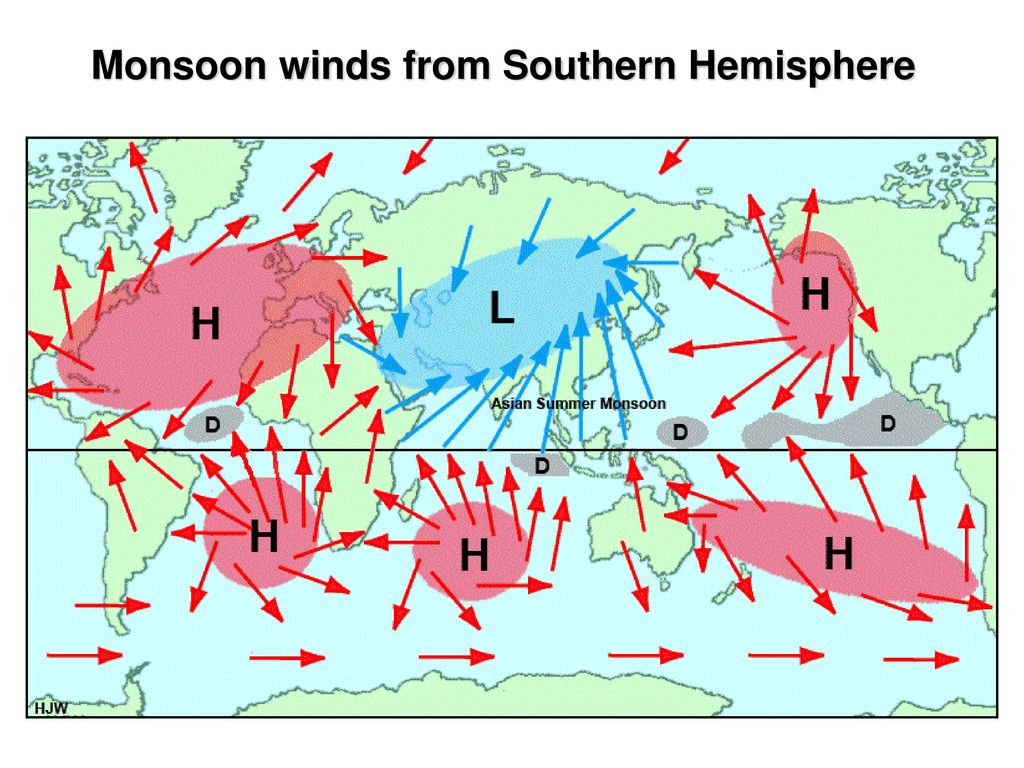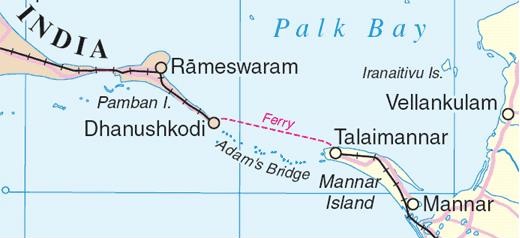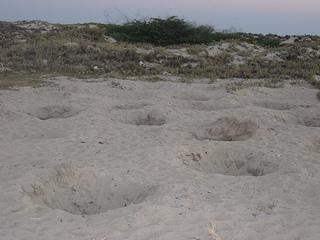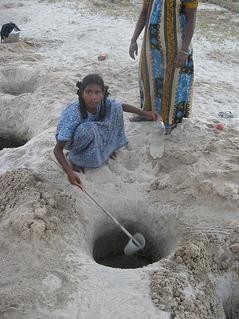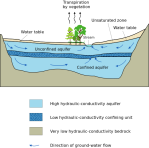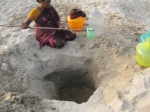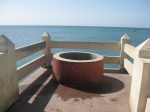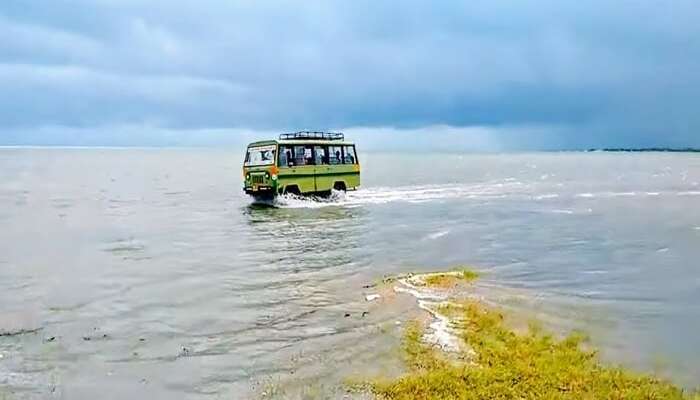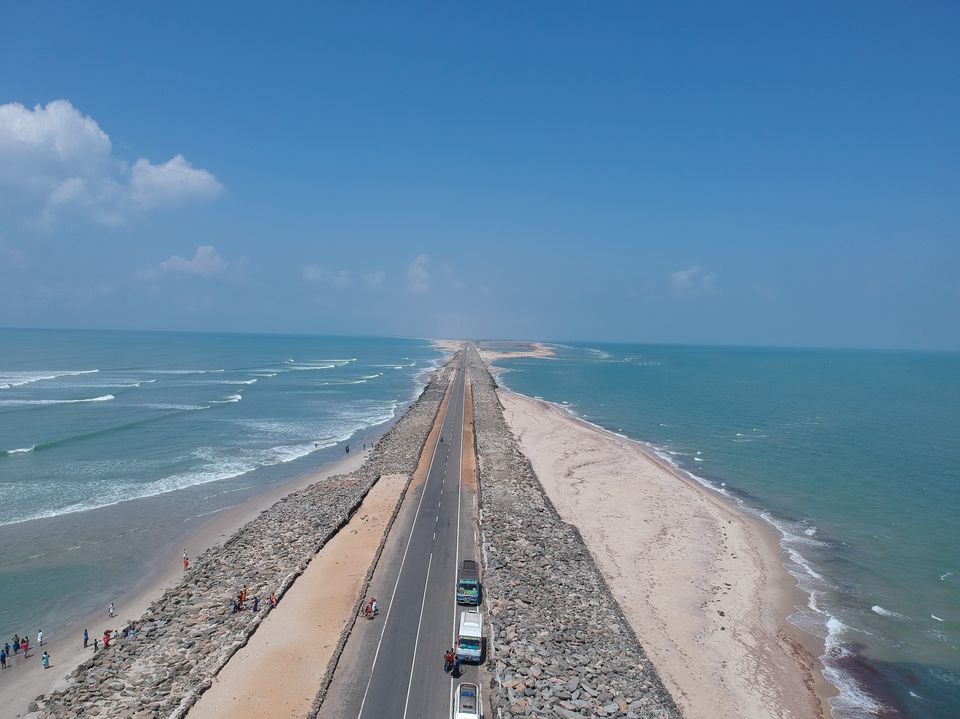first i must say face book must give back the new name
pandemic thoughts has nothing to do with meta,face book -it is called new thoughts which nobody else had the time to think before;; till pandemic gave the innovation and time to think
ideation cannot be taught by stanford on its staircase for cash
luck was on the side of great thinkers and scientists ;because e mail was not yet discovered to harass them to think and ideate ;or offered as something to study for dollars
nincompoops cannot be made to innovate or ideate by special courses
so back to idle thoughts- what is after meta( NOT TALKING OF FACE BOOK)?
WILL META LEAD TO MULTI?
SO WHAT IS MULTI?WILL IT BE A TRILLION TIMES BETTER?
I THOUGHT (NOT IDEATED) -WHY NOT ASK GOOGLE
The Internet of Things and Beyond: Rise of the Non-Human ...
Social robot - Wikipedia
Examples
One of the most well-known social robots currently in development is Sophia, developed by Hanson Robotics. Sophia is a social humanoid robot that can display more than 50 facial expressions, and is the first non-human to be given a United Nations title.
SoftBank Robotics has developed multiple social, semi-humanoid robots which are frequently used in research, including Pepper and Nao. Pepper is used both commercially and academically, as well as being used by consumers in over a thousand homes in Japan.
Other notable examples of social robots include ASIMO by Honda, Jibo, Moxi, and Kaspar, designed by University of Hertfordshire to help children with autism learn responses from the robot through games and interactive play.[21] Anki's robots Cozmo and Vector also fell into the category of social robots, but all were shut down between 2018 and 2019.
Social robots do not necessarily have to be humanoid. The most famous example of a non-humanoid social robot is Paro the seal.
FOR BETTER OR WORSE- MULTI WILL HAVE ALL SORTS OF NON HUMAN ACTORS INCLUDING ROBOTS MADE BY US AND ROBOTS MADE BY ROBOTS
WHAT ELSE IT CAN BE?LET ME IDEATE WITHOUT STUDYING IDEATION COURSES
CAN WE CONTROL THE NON HUMAN ACTORS?EVEN IF WE MAKE FOOL PROOF CONTROL OF THEM.CAN WE CONTROL CYBORGS?WHETHER IT IS 20% CYBORGS OR 99.999 %
LET ME THINK BECAUSE LOCK DOWN IS BEST TIME
- hitchBOT (decapitated in Philadelphia)
- Kismet
- Joe Robot
- Tico
- Paro
- Nao
- Pleo
- Keepon
- SIMA Robot
BUT PANDEMIC ALLOWED ME TO VISUALISE A WORLD WITH MORE ROBOTS AND NON HUMAN ,HALF HUMAN,SUPER HUMAN ACTORS IN ANOTHER FEW YEARS WITH ALL OF US JUMBING FROM 5G PHONES TO 10 G OR 100 G ROBOTS AND MORE
WHO WILL CONTROL THEM?WHO WILL MAKE LAWS FOR ROBOTS?WHO WILL BE THEIR POLICE?MANY MANY UNANSWERED QUESTIONS WITHOUT ANSWERS
WHAT KUZWEIL IDEATES?
Helping robots collaborate - Kurzweil AI
YOU ARE CORRECT
GENETICS AND NANOTECH WILL CONTROL DISEASES
NANOTECH WILL BE USEFUL IN OTHER AREAS ALSO
i am sure we will overcome
we will have burghers on line and etc
and we will have many other things exciting on line
can we online a human from one place to one place -i mean -say america to india?
HOW?LET ME IDEATE
AT PRESENT WE ARE THINKING OF GOING TO MOON AND MARS
ANY IDEA?UMM..YES
NO THE BELOW CHUTE IS NOT WHAT IS IN MY MIND .BUT BELOW CHUTE CAN BE USED TO PREVENT SUN HEATING UP VAST AREAS OF EARTH
=============================================
Chute for the stars
NASA shows that what goes up must come down, but slowly.
This is the fastest deployment of a parachute in history.
The chute, which weighed 81 kilograms, was strapped to a a section of a NASA Black Brandt IX sounding rocket, which separated, as planned, once the 17.7 metre high craft reached an altitude of 38 kilometres above the ground – a distance covered in just two minutes.
The parachute took a mere four-tenths of a second to fully expand.
The test was part of the NASA Jet Propulsion Laboratory’s Advanced Supersonic Parachute Inflation Research Experiment (ASPIRE) project, designed to fine-tune equipment for the agency’s planned 2020 mission to Mars.
WHEN I SAY CHUTE TRAVEL I AM THINKING OF ..
The Story of a Historic Effort to Image a Black Hole - Scientific ...
YES THE SAME MECHANISM AS A BLACK HOLE TO TIME TRAVEL ACROSS UNIVERSE
THAT ALSO WE WILL DO
WHAT AFTER META VERSE?
WHAT AFTER MULTI VERSE?
WHAT AFTER....?
IT ALL DEPENDS ON WHAT WE PLAN FOR METAVERSE.
Plenty of pitfalls await Zuckerberg's 'metaverse' plan - The Hindu
I ALSO THINK "ZUCKER"BURG WILL BE "THAT" AFTER HIS EFFORTS
SO WHAT IS META VERSE?
Metaverse explained: What is it, and when will it get here?
What is the metaverse?
It's a combination of multiple elements of technology, including virtual reality, augmented reality and video where users "live" within a digital universe. Supporters of the metaverse envision its users working, playing and staying connected with friends through everything from concerts and conferences to virtual trips around to the world.
Meta. The tech giant formerly known as Facebook has already made significant investments in virtual reality, including the 2014 acquisition of Oculus. Meta envisions a virtual world where digital avatars connect through work, travel or entertainment using VR headsets. Zuckerberg has been bullish on the metaverse, believing it could replace the internet as we know it. "Microsoft. The software giant already uses holograms and is developing mixed and extended reality (XR) applications with its Microsoft Mesh platform, which combine the real world with augmented reality and virtual reality. Earlier this month, Microsoft showed off its plans for bringing mixed-reality including holograms and virtual avatars to Microsoft Teams in 2022. Also in the works for next year: explorable 3D virtual connected spaces for retail and workplaces. The U.S. Army is currently working with Microsoft on an augmented reality Hololens 2 headset for soldiers to train, rehearse and fight in. Beyond that, Xbox Live already connects millions of video game players across the globe, too
MY QUESION?WILL THEY MAKE MONEY OR LOSE?
KURZWEIL SAYS ABOUT ONLINE SEX
After the Singularity: The Glorious Sex Life of the Posthuman
After the Singularity: The Glorious Sex Life of the Posthuman
Abstract
It
has been predicted that in a decade or two our computers will have
become so powerful that we will finally be able to do and be whatever we
like. The posthumans that we will have become in the wake of this
event, commonly referred to as the singularity, will not only be
super-intelligent, but also capable of experiencing pleasures that go
far beyond anything we can experience now. Yet this emphasis on
pleasure, and especially sexual pleasure, seems to be at odds with the
logocentric outlook and the contempt for the human body that many
transhumanists embrace. What resolves the apparent conflict is an
instrumental understanding of the body and the conceptual transformation
of the sexual partner into a masturbation device.
THIS WILL MAKE MONEY -NOT FOR FACE BOOK OR MICROSOFT BUT FOR
I PHONES AND 5G ++++ PHONES
METAVERSE MONEY WILL BE FROM ADULT ENTERTAINMENT AND CHILDRENS ENTERTAINMENT
SO-NEXT- WHAT WILL BE MULTI VERSE???
LET ME IDEATE BEFORE I GO TO SLEEP
The Metaverse Is Coming. What Happens Next?
After a good 15-ish–year run, most technology watchers agree that we are nearing the end of Web 2.0, and that the dawn of Web 3.0—aka the metaverse, depending on whose positioning you prefer—is upon us.
This transition is taking place against a complicated backdrop featuring no fewer than three simultaneously developing but fundamentally distinct trends:
- First is the rise of crypto, which is leveraging technical and economic breakthroughs to make it finally possible to put memory, assets and ownership natively on the web.
- Second is the seeming imminence of the experiential web via augmented and virtual reality. As many see it, this set of technologies will have a profound effect on our relationship with digital spaces and communities.
- Last is a cultural revolution—long brewing among the younger generations but accelerated and disseminated by the Covid-19 pandemic, which forced great swaths of people to work and socialize in purely digital spaces. People are now rapidly coming to value their digital lives, communities and spaces every bit as much as their physical ones.
Things didn’t have to play out this way—that is to say, none of these trends is the direct result of any of the others—yet here we are. Let’s use this moment to take stock.
I DON'T THINK CRYPTO AND STOCK HAS ANYTHING TO DO WITH META VERSE
[I -MY PERSONAL BELIEF ABOUT CRYPTO--BECAUSE IT DEPENDS ON UNLIMITED ELECTRIC POWER FOR COMPUTATION ETC IT WILL STOP AT A PARTICULAR POINT .]
SO WHAT AFTER METAVERSE ADULT AND CHILDRENS ENTERTAINMENT MONEY?
METAVERSE WILL BE USEFUL IN HEALTH AND WEALTH SERVICES ALSO
IN DAILY ACTIVITY AS TO MAKE US LAZY
AS TO MAKE A ROBOT TAKE OVER OF METAVERSE OR WORSE..
BACK TO WHAT AFTER META ?
I THINK -MAY BE ROGUE ROBOTS -NOT UNDER HUMAN CONTROL ANY MORE-WILL DECIDE OUR FUTURE😿😥-MEANS NO MULTI verse/\WORSE -MAY BE

